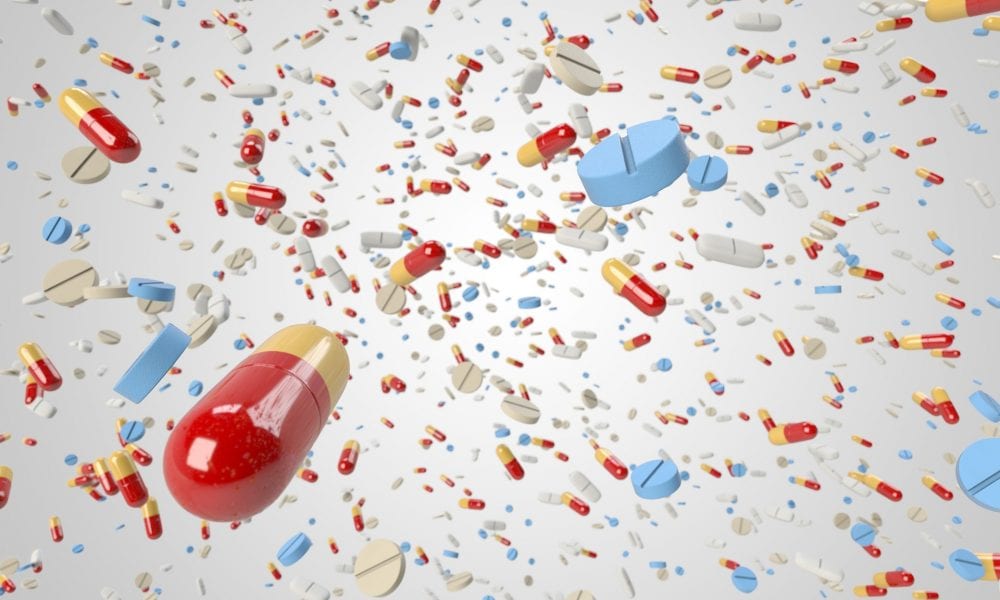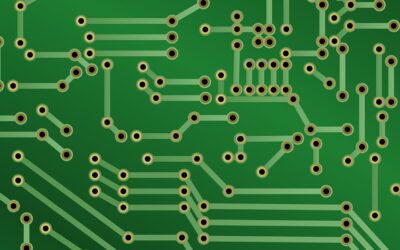In the past decade, targeted drug delivery has become a major research topic. The aim is to increase the efficiency of the therapeutic drug and reduce side effects. An ideal carrier, should not only protect the drug on its journey to the site of disease from degrading enzymes or immune cells, but also avoid drug release in the wrong place. The main challenge is the complex physiology of the human body.
A further prerequisite of a drug carrier is biocompatibility, i.e. the materials should not lead to severe adverse effects themselves. An emerging trend is the use of bioengineered and biohybrid systems as they could potentially be the most efficient carriers for drug delivery. Such systems could be designed to actively move, find the target cells or tissue and release the drug at the site of disease. Bioengineered bacteria and viruses are naturally great in drug and gene delivery, and they have been extensively studied for this purpose. However, they are being considered as enemies by the immune system, which results in a very strong, and sometimes lethal, reaction. Thus, an alternative would be to use a biohybrid drug carrier made from components of the own body.
In a recent publication in Advanced Biosystems, Florence Gazeau and colleagues in Paris, France, report the application of extracellular vesicles (EVs) as naturally-targeted drug delivery carriers. EVs are released by cells in a constitutive manner or in response to stress and circulate in all body fluids. They can be called the human body’s own delivery carriers which are used for far-reaching intercellular communication. EVs also have the capability to transport and transfer membrane proteins and lipids, as well as RNA and cytoplasm components from parental cells to distal cells.

In their report, Gazeau and colleagues modify EVs in order to have enhanced delivery efficiency. The modified EVs were produced from drug and iron oxide nanoparticle-loaded endothelial cells. The release was triggered either spontaneously in complete medium, by starvation in serum-free medium or by mechanical shear stress in vessel on a microfluidic chip mimicking. Finally, EVs were purified by ultracentrifugation or magnetic sorting.
Different methods for purification and engineering of EVs are studied. Additionally, as the EVs are loaded with a phototoxic drug and iron oxide nanoparticles, it is possible to remotely manipulate them by magnetic force and use them for combined fluorescence and MRI detection, as well as for their phototoxicity and heating competence.
The study presents a new generation of controllable and smart personalized drug delivery vectors for application in therapy and diagnosis of diseases such as cancer.

















